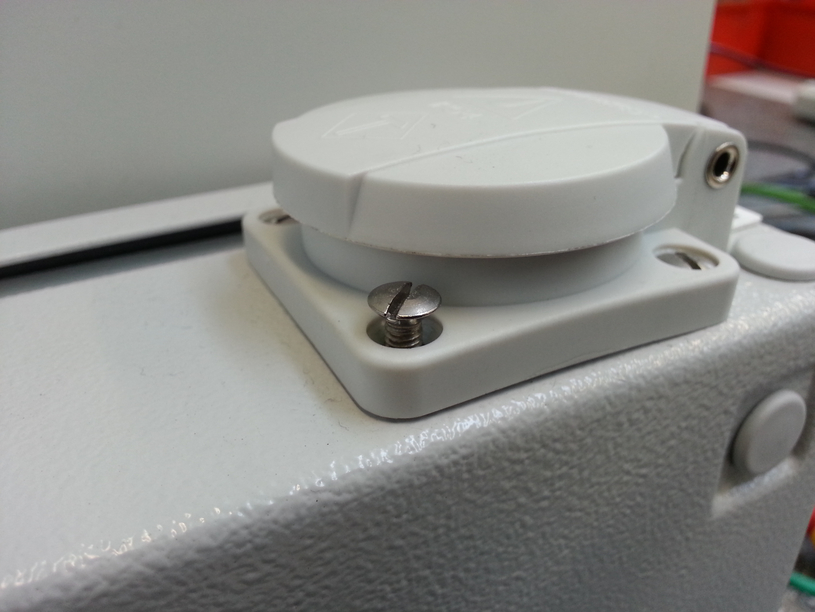Contact: +52 332152-0977
Contact: +52 332152-0978
info@deprag.mx
DEPRAG México
DEPRAG Amberg
Service

DEPRAG Friction Torque Value Procedure: Reliable assembly of self-tapping and self-cutting screws.
Reaching a constant preload force is the primary aim of screw assembly for two or more screw parts. The usual tightening method “screw assembly to predetermined torque” offers a solution when the components involved in the torque controlled screw procedure have a repeatable standard of quality.
There are particular challenges in the assembly of self-tapping and self-cutting screws. Variations in the part quality or alterations in the screw itself or hole geometry, the structure of the part material, varying surface properties of the screw thread or the screw hole as well as pliable elements and seating conditions all result in variable screw thread forming torque values during the screw assembly process.
For screw assemblies with predetermined end tightening values the varying thread forming torques create differing preload forces and result in
- Damage to the screw or screw part (breakages)
- Failure of the screw connection (loss of preload force)
- The screw head not seating
The DEPRAG friction torque value procedure provides the solution:
Withing an adjustable angle range during the screw run down process the upper and lower torque limits required for the thread forming or thread cutting processes are recorded and an average value is calculated (= the friction torque value). This friction torque value determines (via a threshold torque value) an additional tightening factor required or “difference torque”. The sum of the friction torque and difference torque adds up to the optimal screw seating torque.
Advantages:
The optimal preload force is applied to the screw joint despite the torque variables which manifest themselves during the thread forming or cutting process.
Disadvantages:
The end tightening values are conditional due to the varing nature of the friction values. Therefore a quality evaluation of the individual screw assemblies is not possible (e.g. via Cmk index).
Indicators avialable for quality evaluation are the difference torque value or angle value measured from the threshold torque up to the achievement of the shut-off torque.






